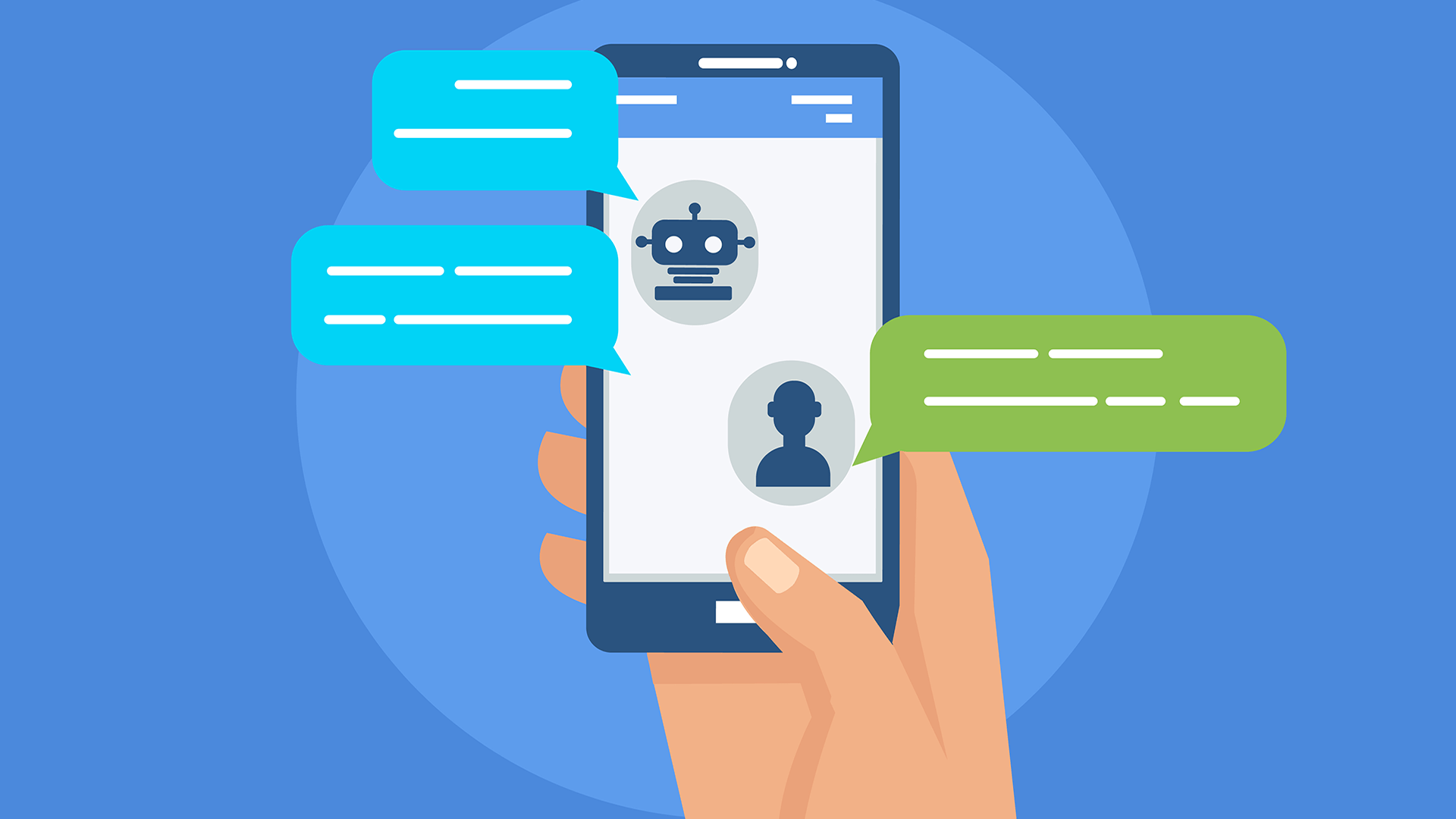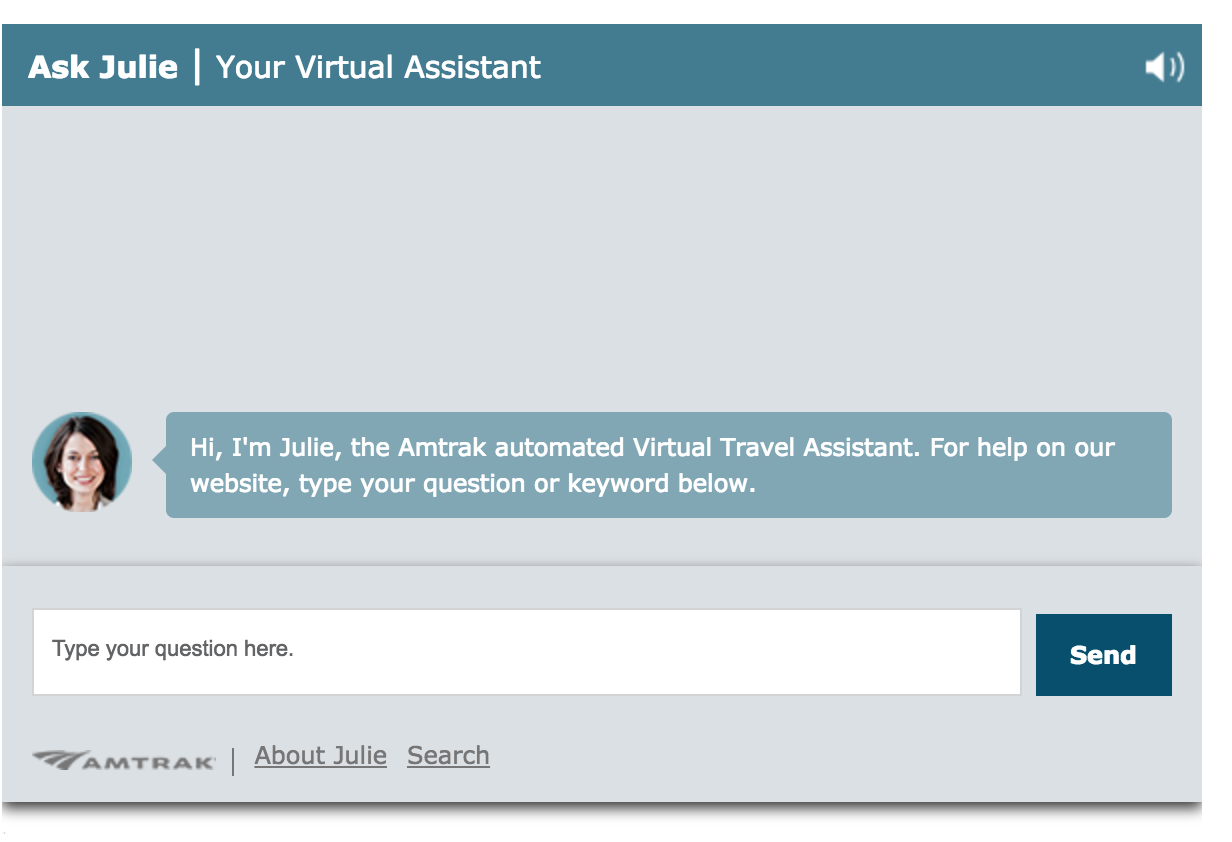Do You Really Need Machine Learning for Your Chatbot?
April 5, 2021 - 9 minutes read Developing chatbots can involve as little or as much complexity as you want, depending on your budget, desired accuracy, and business application. Although chatbots can be as simple as pattern-based applications or as involved as machine learning (ML) applications, they can always be upgraded to the newest technologies when the time is right. With the proper chatbot functionality, you can impress your existing customers and convert your new leads.
Developing chatbots can involve as little or as much complexity as you want, depending on your budget, desired accuracy, and business application. Although chatbots can be as simple as pattern-based applications or as involved as machine learning (ML) applications, they can always be upgraded to the newest technologies when the time is right. With the proper chatbot functionality, you can impress your existing customers and convert your new leads.
In this post about chatbots, we’ll delve into the different kinds of chatbots, when you should consider utilizing natural language processing technology, and some examples of companies that have elevated the chatbot game with their applications.
Types of Chatbots
The best way to categorize chatbots is to separate them by the type of technology used to create the chatbot. There are three kinds of chatbots that a business can utilize for support inquiries.
Pattern-based chatbots
Pattern-based chatbots are made up of pre-set question and answer flows that users will follow when they interact with the chatbot. These chatbots are the simplest types of chatbots available for a business’s use cases. They’re easy to create and deploy.
But for users, this type of chatbot is often frustrating and unyielding. Because of the pre-configured bot flow, the chatbot has limited usability and lacks flexibility. Often, pattern-based chatbots direct users to a help article or landing page to help them answer their questions.
An example of pattern-based chatbots is the kind you often find on Facebook. Although some of the chatbots on Facebook use AI, many use a simple keyword-based rule chain to determine the appropriate response to the customer. Bud Light had a memorable chatbot during the 2017 NFL season that allowed fans to get beer delivered to their home. The chatbot only “worked” on game days, sent reminders to fans a few hours before each game, and tried to get the beer to the fan within an hour of purchase. It was a wildly successful bot with an engagement rate of 75%.
Machine learning chatbots
ML chatbots use a combination of machine learning and natural language processing (NLP). These chatbots usually result in a much better user experience for customers and interested visitors. ML chatbots are often used by businesses with more complex use cases, like healthcare organizations that want to stay in touch with their patients and educate them on their medical conditions.
Because of the ML aspect, these chatbots can learn and improve their responses over time by storing new information in their memory. When you add NLP into the mix, the chatbot becomes more human: it can recognize tone, keywords, synonyms, and the underlying question before it generates a helpful response. The complexity that ML and NLP introduce means that ML chatbots are more difficult to develop and maintain.
ML chatbots require more investment in both money and time. But, in the long run, these chatbots are more promising and friendlier to customers. Marriott deployed its Facebook chatbot in 2016 to simply help customers combine their Marriott and Starwood reward cards. But the use for a multidimensional chatbot grew quickly. Marriott used NLP to develop a Facebook chatbot that took care of many more things for customers: book rooms, redeem rewards, learn about destinations, and even find a career at Marriott.
Hybrid AI chatbots
Hybrid chatbots are a combination of pattern-based chatbots with the benefits that artificial intelligence (AI) applications offer. The result is a contextual chatbot that takes user input to generate an appropriate response. These types of chatbots are still relatively new, and some examples include Siri, Cortana, and Alexa.

Of all of the types of chatbots, hybrid AI chatbots cost the most in money, time, and resources to develop and maintain. On the plus side, these chatbots are flexible: they utilize machine learning when needed and prioritize the context of the user’s problem.
Using Natural Language Processing
NLP is a must-have technology if your business needs require an ML-enabled chatbot. NLP technology combines linguistics, computer science, and AI to improve and create more natural human-computer interactions. NLP’s main goal is to read, decode, understand, and contextualize human language, even if it’s not English.
NLP chatbots want to understand the tone, meaning, and context behind the user’s input before creating a response for the user. For users who interact with NLP chatbots, the experience is smoother and more natural. They feel the freedom to ask more complex questions and expect a better response than a pattern-based chatbot could generate.
But does your company need NLP for your chatbot needs? It depends on your budget, how you’ll use the chatbot, what its purpose will be, how it will be built, and how often customers will use it. Chatbots can require more budget than you’d think, so your chatbot should be used in a way that will generate the highest return on investment.
Other things to consider are: Will the chatbot eventually be full of buttons (preset options for the user to pick from) or will it allow users to freely type questions? If buttons, a pattern-based chatbot might be the best fit. Will the chatbot have a personality or just be a chatbot? If you want it to have a personality, an ML chatbot would be a good choice.
NLP isn’t a great fit for static user guides, but it’s a wonderful technology for booking travel or discussing medical symptoms. Amtrak’s chatbot is one of the most successful chatbots of all time. Named Julie, it allows customers to accomplish a variety of tasks, from booking train rides to generating hotel recommendations and tourism activities. A year into its deployment, Julie had helped over five million customers book travel and get answers to questions. Over the years, Julie has saved Amtrak over $1 million in customer support costs.

Gyant is a San Francisco-based chatbot development company, and it creates custom chatbots for healthcare facilities. These chatbots are used to communicate with patients, inquire about symptoms, and help patients find a nearby doctor with availability. The chatbot even sends the patient’s symptoms and details to a nearby doctor for diagnosis and prescription. Gyant’s chatbots are multilingual: they can communicate in English, German, Spanish, and Portuguese.
One Thing’s Clear: Chatbots Are Here to Stay
As users, we see chatbots more and more at retailers, product websites, and even at places like hospital help desks. The chatbot industry grows around 26% every year, making this technology one to watch out for in the coming years. And chatbots that use ML and AI are getting better every day, so it’s only a matter of time before we start interacting with chatbots that we could assume are just humans. In the next decade, chatbots are likely to become the main way for customers to interact with companies. So what are you waiting for?
Tags: AI app developer San Francisco, app developers san francisco, artificial intelligence app development, chatbot development, chatbots and machine learning, machine learning, machine learning app developer, machine learning app developers, machine learning app development, machine learning app development San Francisco, machine learning apps, mobile app developers San Francisco, NLP, San Francisco AI app developers, San Francisco app development, San Francisco machine learning app developer, San Francisco mobile app development








